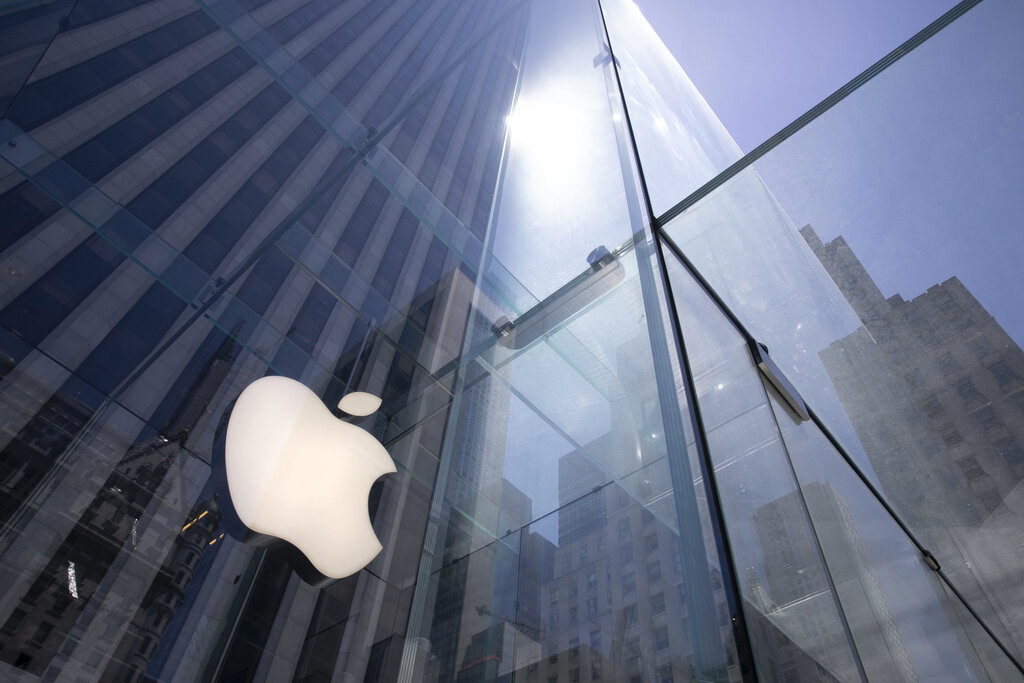
By Mark Gurman | Bloomberg
The debut of Apple Inc.’s latest iPhone brings a change to the way its U.S. customers can purchase the device, a move toward cutting wireless carriers out of the process and giving the tech giant more control.
Traditionally, when a user buys an iPhone at an Apple retail store or the company’s online store, the customer provides their wireless phone number and the last four digits of their Social Security number. That lets the carrier run a credit check and approve the transaction, but it adds time to the process and could be a barrier to closing the sale.
Starting with the iPhone SE — a low-end model that goes on sale Friday for $429 — that process is changing, Apple has told retail employees. New iPhone SE buyers who choose AT&T Inc. or T-Mobile US Inc. as their wireless carrier won’t need to provide their information at the time of purchase. Instead, shoppers will be able to enter that data and connect to their carrier when they power on the device for the first time.
The new feature is called “on-device authentication,” Apple told staff. If a user preorders an iPhone SE from Apple’s website, they already won’t be prompted to insert their carrier data if they have AT&T or T-Mobile. The change also means users won’t have to pick a network plan at purchase. The new process will begin in stores on March 29.
Retail employees say the change also could benefit customer service. Sometimes activation servers can be overloaded and customers leave Apple retail stores with their phone not working — a poor experience that that new approach would mitigate.
Apple, based in Cupertino, California, didn’t immediately respond to a request for comment.
The move isn’t a total departure for Apple. The company has long offered so-called unlocked versions of the iPhone that can be connected to any carrier after purchase. But it’s the latest step toward Apple controlling more of the customer experience.
The change will eventually come to Verizon Communications Inc. subscribers as well. Apple will also let users purchase an iPhone SE in stores with Apple Card monthly installment plans — without connecting it to a carrier.
The new buying process is only for the iPhone SE, but some Apple employees believe the company is using the approach as a test. It could start with the lower-volume iPhone SE and potentially use the same strategy with the iPhone 14 lineup launching later this year. It’s unclear if Apple will eventually make the change for its other current iPhones.
The subtle shift is part of an effort by phone makers to reduce the influence of carriers in the purchase process. Apple and other phone makers are increasingly pushing eSIM technology, which allows customers to activate cellular plans from their device without using a physical SIM card. While the iPhone 13 has a SIM card slot, models bought from Apple in the U.S. don’t include a SIM card, relying on the electronic version instead.
More stories like this are available on bloomberg.com
©2022 Bloomberg L.P.
